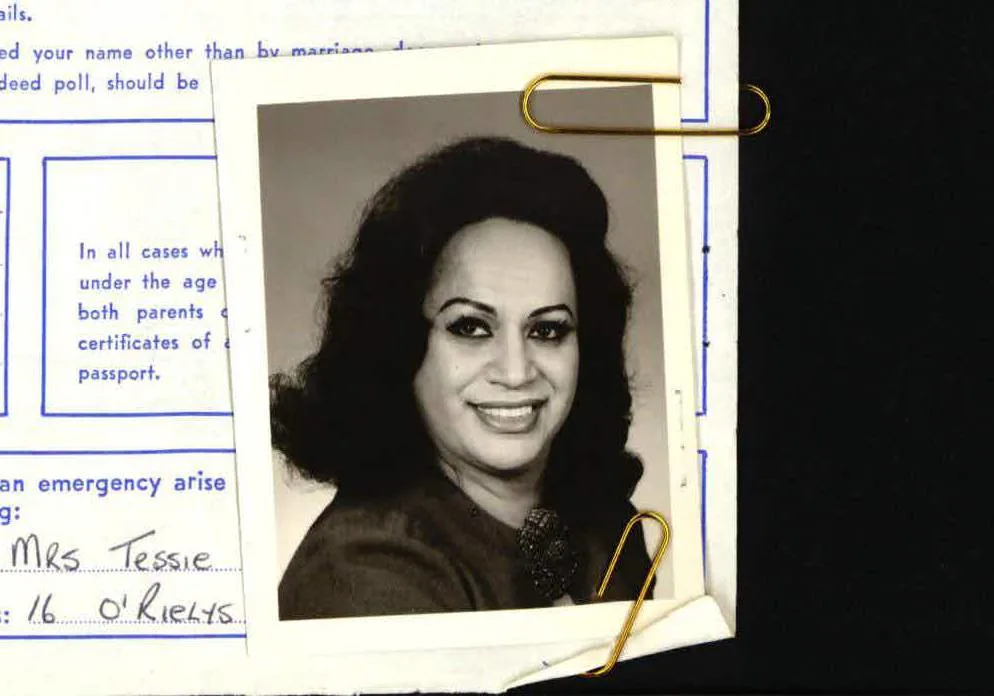Carmen's new passport
Carmen Rupe, or simply ‘Carmen’ was a New Zealand-Australian drag performer, brothel keeper, activist, political candidate, and HIV/AIDS activist. Carmen was born in Waimiha, and grew up in Taumarunui in the Central North Island, eventually moving to live in Auckland and Wellington before moving to King’s Cross in Sydney in the late 1950s
In Wellington, Carmen started Carmen’s International Coffee Lounge, which was a cafe serving basic foods, coffee, tea, as well as functioning as the front for a brothel business. While in Sydney, Carmen came into the world of drag and sex work. She began a successful career as a performer, often using hula and sometimes live snakes.
As a political candidate, Carmen sought to decriminalise sex work, legalise gay marriage and fight for transgender rights. In 2016, Carmen’s silhouette replaced the standard ‘Walking Man’ on the Cuba Street crossing lights in Wellington, in recognition of her work and influence on Wellington and Aotearoa as whole.
At Archives New Zealand, we hold a particularly interesting file: that of an investigation into an application Carmen made for a renewed passport. Carmen applied for a new passport whilst living in Sydney in 1982. She requested that a ‘-’ be put in place as her gender marker, as opposed to the standard of the time which was ‘M’ or ‘F’.
This request, while unusual, complied with recommendations from the ICAO (International Civil Aviation Organisation). From the correspondence in this file we can tell that Carmen was not required to sign a statutory declaration, but she was required to provide no less than six supporting letters from medical professionals. These letters declared her lived experience as a trans woman, ‘under the circumstances it would be embarrassing to have the sex shown as ‘male’ on the passport’. In this regard, it is possible Carmen was one of the first people to have ‘-’ as their ‘Sex’ on a passport.
Carmen’s ‘-’ preceded the modern option of having ‘X’ as a ‘sex’ marker on identity documents including passports, drivers’ licenses, and birth certificates. Today, there is a more accessible process for changing one’s nominated sex on identity documents than there was in Carmen’s time. Even so, the process can be difficult and costly for some trans, takatāpui, non-binary and intersex people. This can affect their chances of gaining identity documents that accurately reflect their sex and gender identity.
The Births, Deaths, Marriages, and Relationships Registration Act (BDMRRA), instated in 1995, legislates the process for changing a sex marker on birth certificates. The process requires applicants to go through the Family Court and requires evidence of medical treatment. The BDMRRA is due for reform and this could include an updated process to changing birth certificate sex markers.
